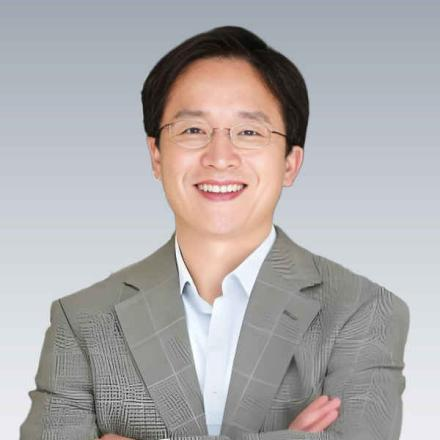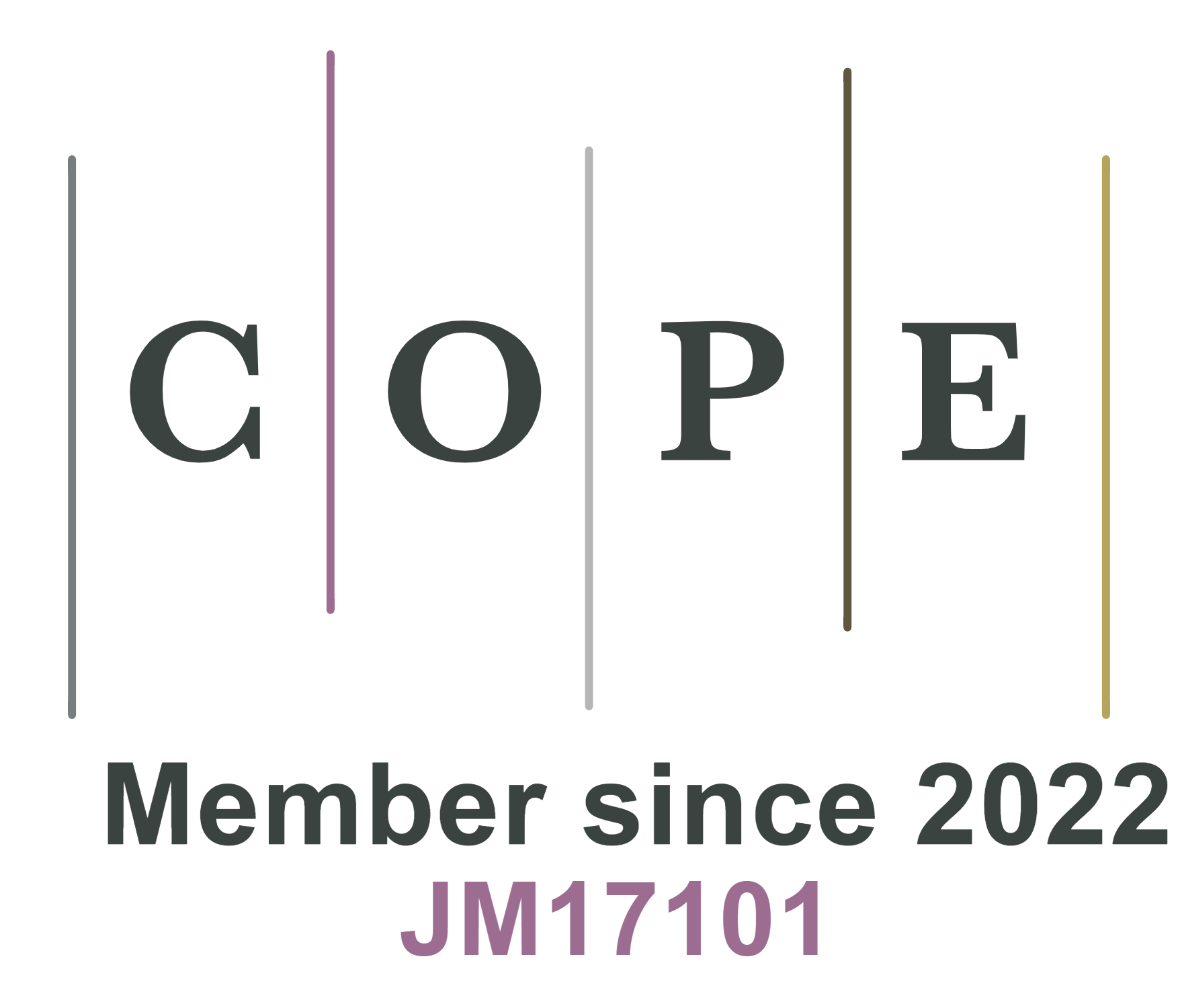An Exclusive Interview with Prof. Ho Won Jang – Cover Article Author, Guest Editor and Associate Editor of Energy Materials
Energy Materials (EM) recently had the privilege of interviewing Prof. Ho Won Jang, a well-established materials scientist from Seoul National University (SNU) in South Korea. In the interview, building on his article, Prof. Jang discussed the significance and technical challenges of seawater-based hydrogen production, highlighting the effects of impurities and metal ions on water-splitting efficiency and strategies to address these issues. He also shared a comprehensive overview of the potential applications of 2D materials in batteries, semiconductors, and sensors, while emphasizing the critical challenges of translating lab-scale results into large-scale, high-quality devices. Additionally, he shared his perspectives on journal development and mentoring young researchers, stressing the importance of motivation and genuine interest in research, along with patient guidance to help students grow into independent scientists.
About the Interviewee:

Prof. Jang is currently a Full Professor in the Department of Materials Science and Engineering at Seoul National University. In recognition of his significant contributions to the design and application of functional polymers and nanomaterials in next-generation energy devices, he has published extensively in high-impact journals including Science, Energy & Environmental Science, Advanced Materials, and Nature Communications. His research focuses on improving the performance, stability, and scalability of energy storage and conversion systems, including seawater-based hydrogen production, batteries, supercapacitors, electrocatalysts, and semiconductor devices. Prof. Jang's innovative materials design, commitment to practical energy solutions, and mentorship philosophy are widely recognized in the field of energy materials research.
Watch the following video for expert insights from Prof. Ho Won Jang:
Interview Questions:
1. Thank you for submitting a high-quality article "Challenges and strategies in catalysts design towards efficient and durable alkaline seawater electrolysis for green hydrogen production" to our journal, and congratulations on it being selected as the back cover of Volume 5 Issue 7. Could you share your perspective on the recent progress in the field of seawater electrolysis and its potential for practical applications?
2. You previously organized a Special Issue on "2D Materials: From Research to Application", which featured five high-quality articles showcasing the use of 2D materials in applications such as metal-ion batteries, micro-supercapacitors and electrocatalysis. Do you think there are other research directions in 2D materials that deserve further exploration in the future?
3. We noticed that your group develops nanostructured films to advance solar cells, electronics, chemical sensors and other energy storage devices. What do you see as the biggest hurdles to turning these materials into practical devices?
4. As an associate editor, what aspects do you think an academic journal should focus on for its long-term development, and what suggestions do you have for enhancing its impact?
5. You've trained many students. What qualities do you value most in young researchers, and how do you help them grow into independent scientists?
Editor: Judy Zhang
Language Editor: Emma Chen
Production Editor: Ting Xu
Respectfully Submitted by the Editorial Office of Energy Materials









